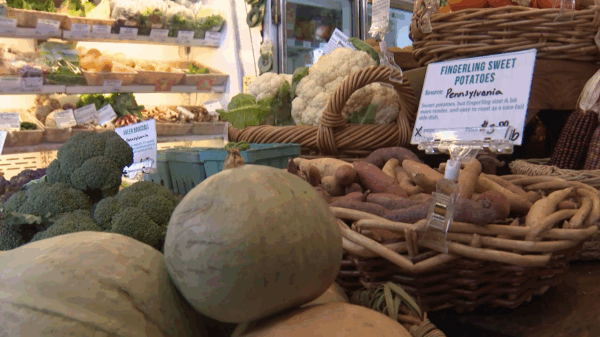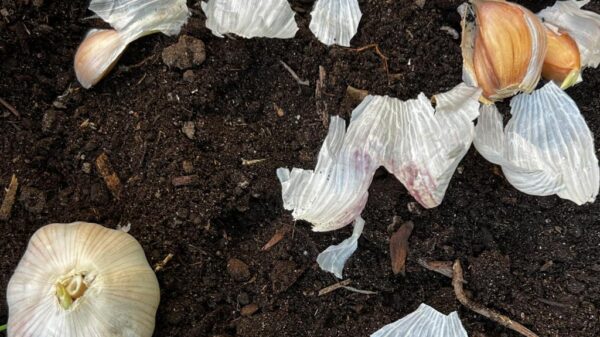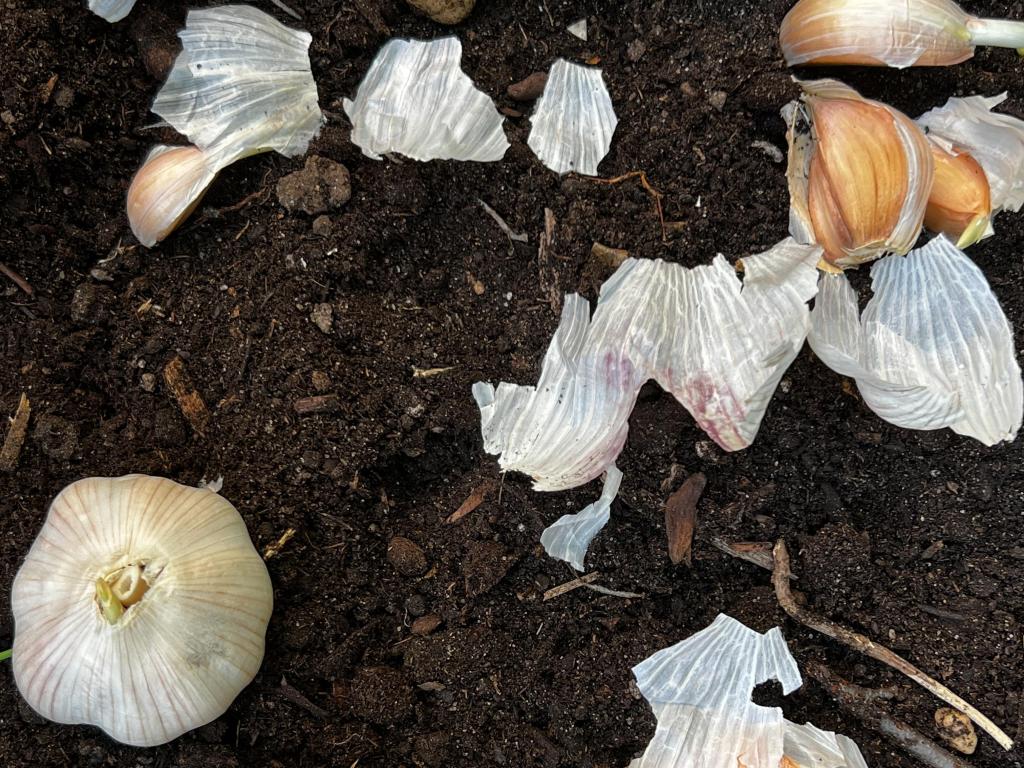As autumn settles in, gardeners are encouraged to embrace essential tasks that can simplify spring preparations. Completing these fall gardening chores not only enhances the health of your garden but also minimizes the workload once warmer weather arrives.
Key Autumn Gardening Tasks
One of the most effective ways to reduce weed growth in the spring is to remove weeds by their roots during the fall. Using a long-handled tool like Grampa’s Weeder can make this task manageable. This proactive measure significantly decreases the likelihood of weeds re-emerging when temperatures rise.
Additionally, it is crucial to thoroughly rake garden beds and borders where diseases such as fungus, black spot, or mildew appeared during the growing season. Proper disposal of leaves and debris helps prevent pathogens from lingering in the soil and infecting next year’s plants.
Preventive actions should also include removing any shriveled fruit from trees and disinfecting gardening equipment, such as tomato cages and plant stakes. A solution of one part bleach to nine parts water, or a household disinfectant spray, can effectively sanitize these tools.
Preparing for Winter and Next Season
For those who planted new fruit trees this year, protective guards are essential to shield them from damage caused by mice and rabbits. Options range from coiled-plastic trunk wraps to more durable mesh or metal tree surrounds.
Safety is another priority. Inspecting tree branches for any splits, deadwood, or breakage now can prevent potential hazards during winter storms. Removing these branches reduces the risk of them falling and causing damage.
If you plan to establish new garden beds next year, consider smothering the grass over winter to ease the upcoming workload. By outlining the future bed and covering it with large pieces of cardboard or thick layers of newspaper, you can facilitate decomposition. Securing the materials with landscape staples or rocks, followed by a layer of mulch or compost, allows the area to prepare itself for planting come spring.
Clearing out spent vegetable beds is another important task. Lightly turning the soil and incorporating compost or well-rotted manure enriches the ground. If soil tests indicate a low pH, adding lime will further enhance soil quality. These amendments will nourish the root zone, providing a natural boost for next year’s crops.
As a final touch, gardeners should not forget to plant flower bulbs and garlic before the ground freezes. The longer planting is delayed, the greater the risk of delayed blooms. As long as the soil remains soft enough, these additions can be made to ensure a vibrant spring garden.
By dedicating time to these fall gardening chores, individuals can significantly ease their workload come spring and cultivate a flourishing garden for the year ahead.
Jessica Damiano contributes weekly gardening columns for the Associated Press and publishes the award-winning Weekly Dirt Newsletter.








































































